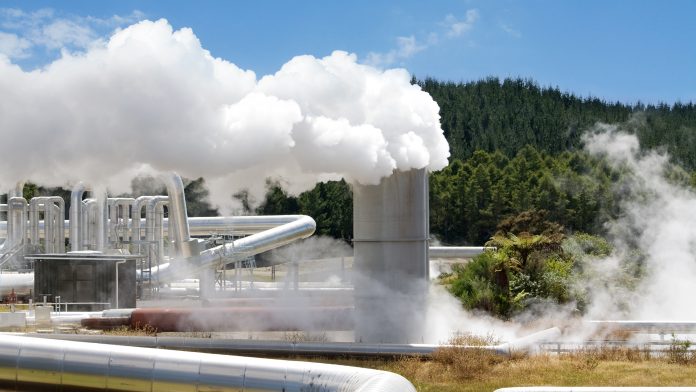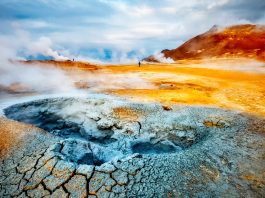The US Department of Energy (DOE) has selected three projects to receive $60m funding to demonstrate the efficacy and scalability of enhanced geothermal systems.
The projects, funded under the landmark Bipartisan Infrastructure Law, will focus on utilising innovative enhanced geothermal systems to harness the Earth’s abundant heat resources.
The goal is to showcase geothermal energy’s potential in providing reliable, cost-effective electricity to millions of US homes and businesses, aligning with the Biden administration’s ambitious objective of achieving 100% clean electricity by 2035.
Jennifer Granholm, US Secretary of Energy, commented: “These projects will help us advance geothermal power, including into regions of the country where this renewable resource has never before been used.
“These pilot demonstrations will help us realise the full potential of the heat beneath our feet to reduce carbon emissions, create domestic jobs, and deliver clean, cost-effective, reliable energy to Americans nationwide.”
Harnessing geothermal energy resources
Geothermal resources currently generate about four gigawatts of electricity in the United States. However, advancements in enhanced geothermal systems could potentially provide 90 gigawatts of firm, flexible power to the US grid by 2050, according to a recent DOE analysis.
This is equivalent to powering over more than 65 million US homes and supporting heating and cooling solutions around the country.
What are enhanced geothermal systems?
Enhanced geothermal systems represent a cutting-edge approach to harnessing geothermal energy, expanding its potential beyond traditional geothermal reservoirs.
Unlike conventional geothermal systems, which rely on naturally occurring high-permeability rock formations to extract heat, enhanced geothermal systems can be applied to areas with lower permeability.
The technology involves drilling deep into the Earth’s crust, typically several kilometres down, to reach hot rocks. Water is then injected at high pressure into these boreholes, creating fractures in the rock formations and allowing for increased heat transfer.
The heated water is then pumped back to the surface, where its thermal energy can be utilised to generate electricity or for direct heating applications.
One of the key advantages is its potential to access geothermal resources in regions where conventional geothermal systems are not feasible, expanding the geographical scope of geothermal energy production.
Additionally, enhanced geothermal systems can enhance the productivity and longevity of existing geothermal reservoirs by stimulating heat exchange in previously untapped areas.
Selected projects
The three projects that will receive funding include:
- Chevron New Energies: This initiative will utilise innovative drilling and stimulation techniques to tap into geothermal energy near an existing field in Sonoma County, California;
- Fervo Energy: Located in the Milford Renewable Energy Corridor in Utah, this project aims to produce at least eight megawatts of power from each of three wells, with no existing commercial geothermal power production in the area; and
- Mazama Energy: Situated on the western flank of Newberry Volcano in Oregon, this project will demonstrate super-hot enhanced geothermal systems with temperatures exceeding 375°C, advancing the science needed to operate in extreme heat conditions.
Geothermal electricity could become a clean, cost-effective option nationwide by improving and derisking enhanced geothermal systems technologies and reducing their cost.









